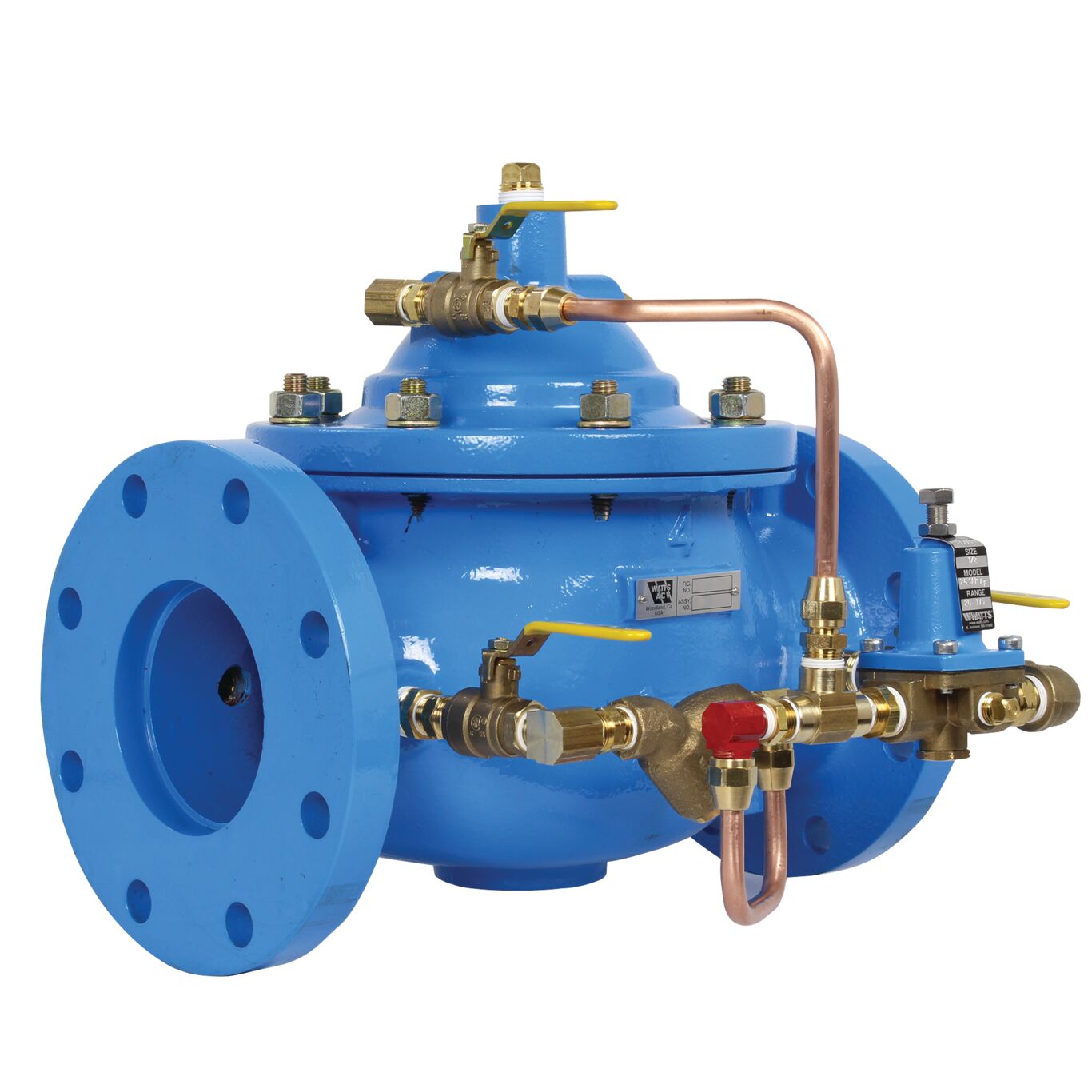

When it comes to precision flow regulation in piping systems, few valves have stood the test of time like the globe valve. Known for its reliability, durability, and versatility, the globe valve has been a critical component in fluid control systems for over a century.
In this post, we explore the origin, evolution, and modern applications of globe valves, and why they remain a preferred solution in industries ranging from energy to water treatment.
What Is a Globe Valve?
A globe valve is a linear motion valve used to start, stop, and precisely throttle flow. It derives its name from the spherical body shape of its earliest designs, although today’s globe valves come in various configurations.
The internal mechanism typically includes:
-
A movable disk or plug
-
A stationary ring seat
-
A stem that moves the disk up or down
This design allows globe valves to provide excellent shut-off and fine flow control, particularly in applications where accuracy matters.
A Brief History of Globe Valves
The globe valve was developed in the mid-to-late 19th century, as steam-powered industrial systems became more complex and required more accurate flow regulation. Early versions were cast in bronze or iron and quickly became staples in boiler systems, early power plants, and marine applications.
By the early 20th century, advancements in metallurgy and manufacturing allowed for higher-pressure and temperature ratings, and globe valves found widespread use in:
-
Oil refineries
-
Chemical plants
-
Steam and condensate systems
-
HVAC infrastructure
With the rise of industrial standardization (e.g., ASME, API, and ANSI), globe valve designs evolved to meet strict performance and safety requirements. Today, globe valves are available in everything from cast carbon steel to high-nickel alloys and stainless steel, supporting both general-purpose and highly corrosive applications.
Key Features and Benefits
Precision Throttling
Unlike gate or ball valves, globe valves are specifically designed for flow modulation, not just on/off service.
Tight Shutoff
Modern globe valves offer excellent seat tightness, making them ideal for isolation where leaks are unacceptable.
Versatile Designs
Available in:
- Straight-pattern
- Angle-pattern
- Y-pattern
- Manual Operation
- Automatic Pressure or Temperature Control
- Pneumatic & Electric actuation
- Stop Check & Non-Return
Material Compatibility
Manufactured in a wide range of body and trim materials to suit water, steam, oil, gas, corrosives, and cryogenics.
Widespread Use in Industry
Today, globe valves are trusted in virtually every major industrial sector:
Power Generation
Used for regulating steam flow, feedwater systems, and cooling loops in both fossil and nuclear plants.
Petrochemical & Refining
Preferred for flow control in high-pressure, high-temperature hydrocarbon services.
Water & Wastewater
Ideal for throttling and isolating potable and industrial water in treatment plants and distribution systems.
HVAC & Building Systems
Used in chiller and boiler loops for flow balance and zone control.
Manufacturing & OEM Equipment
Frequently installed in skids, chemical dosing systems, and process equipment due to their reliability and compact footprint.
Globe Valve vs Other Valve Types
| Feature | Globe Valve | Gate Valve | Ball Valve |
|---|---|---|---|
| Flow Control | Excellent | Poor | Minimal |
| Shut-off Capability | Very Good | Good | Excellent |
| Pressure Drop | Moderate to High | Low | Low |
| Frequent Operation | Suitable | Less Ideal | Suitable |
Globe Valves at Hayward Pipe & Supply
At Hayward Pipe & Supply Co., we supply a wide range of globe valves from dozens of leading manufacturers like.
Available in bronze, iron, stainless steel, alloy, and more, with threaded, flanged, socket-weld, or butt-weld ends. We can help you specify the right valve for your pressure class, temperature range, and media type.
Conclusion
For over 100 years, globe valves have been trusted wherever precision flow control is essential. Their robust construction, adaptability, and fine throttling capability ensure they remain a cornerstone of industrial valve technology.
Whether you’re building a new process system or upgrading an aging infrastructure, globe valves continue to deliver dependable performance and engineering value.

